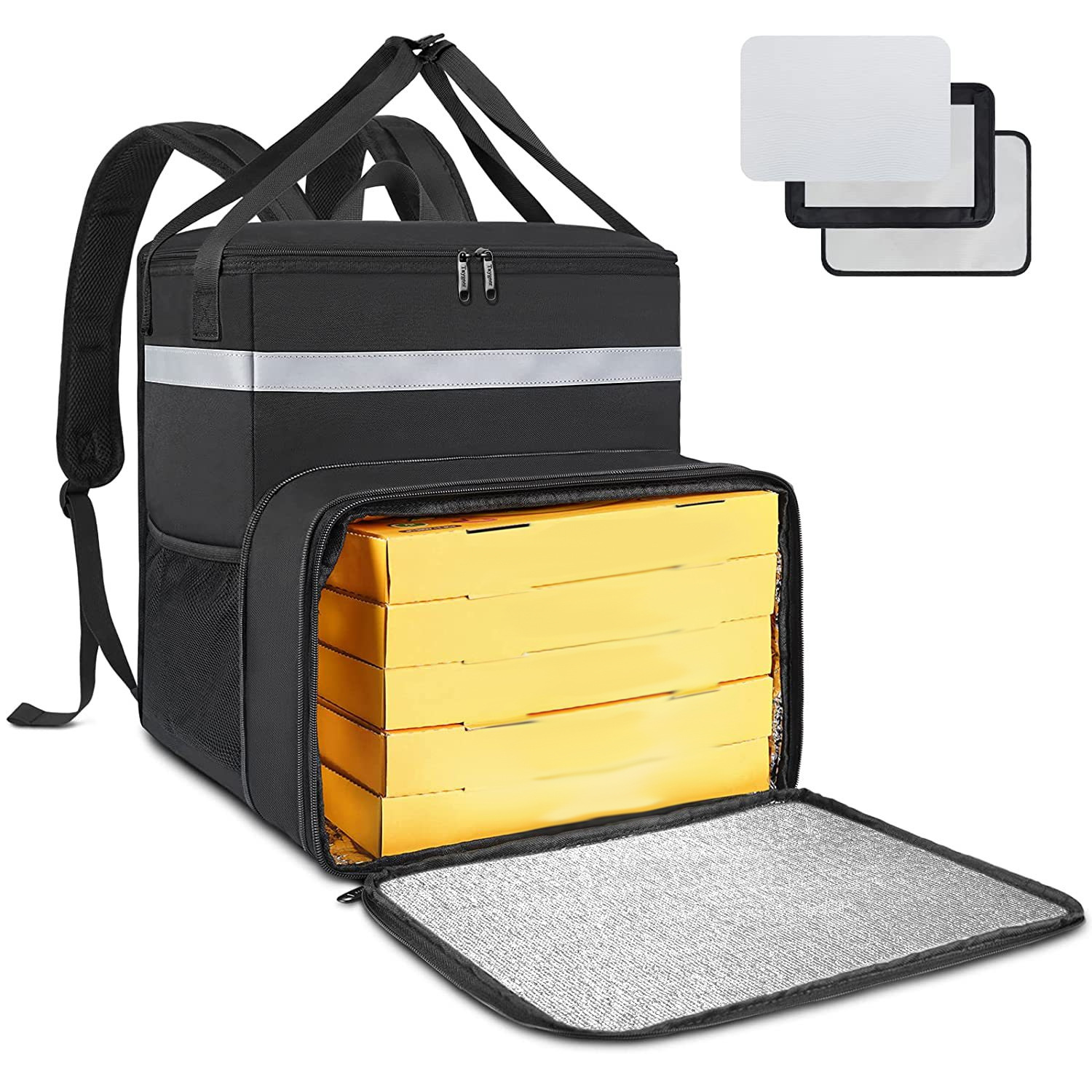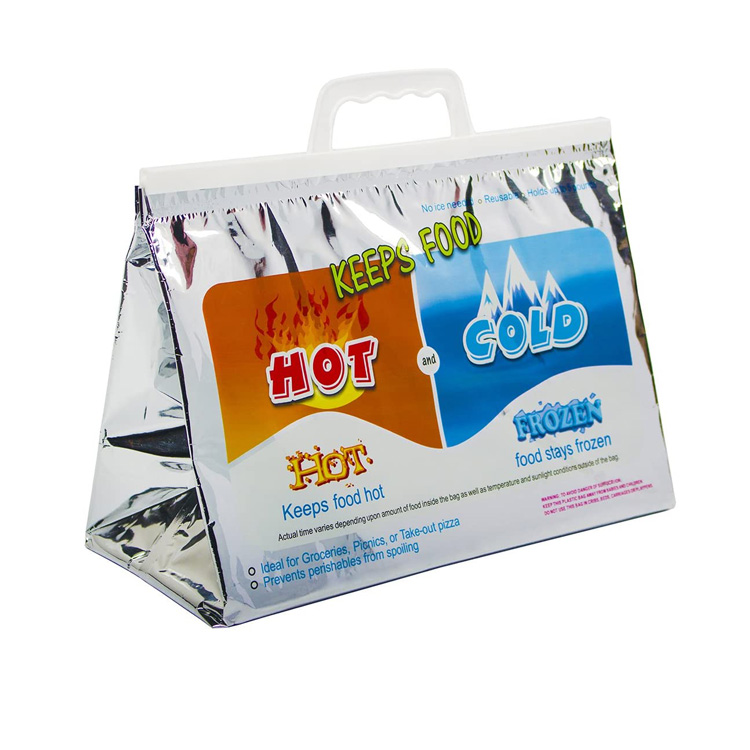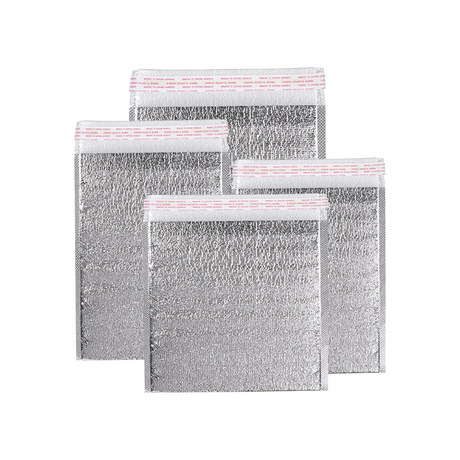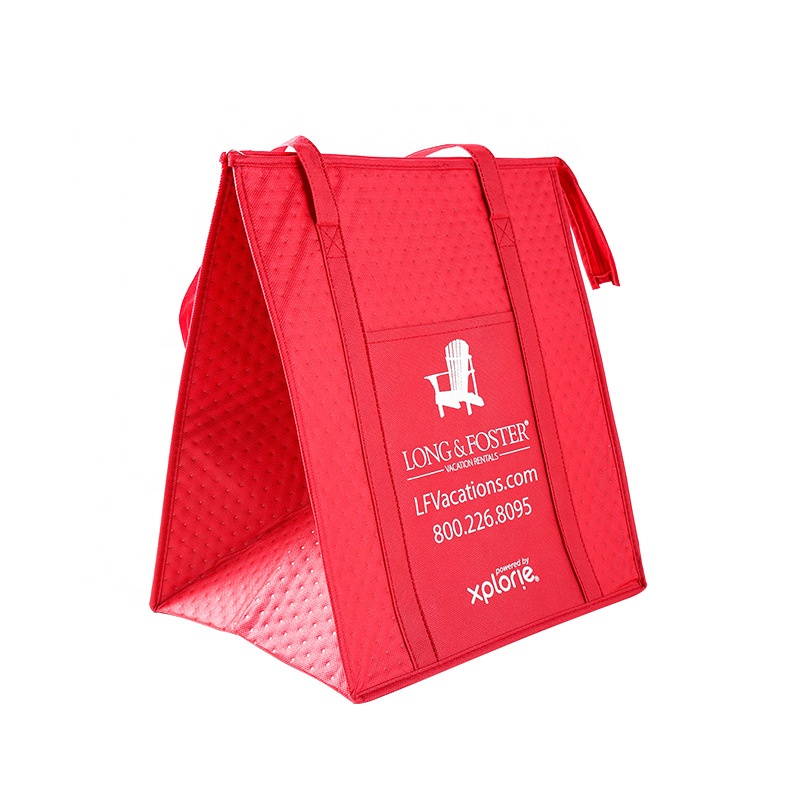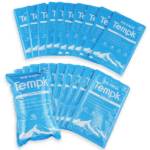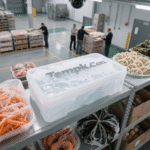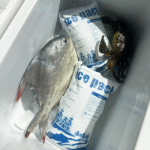O método de transporte de frutas depende principalmente do tipo, maturidade, distância até o destino, e orçamento das frutas. A seguir estão alguns métodos comuns de transporte de frutas:
1. Transporte da cadeia fria: Este é o método mais comum de transporte de frutas, especialmente para frutas perecíveis e de manutenção fresca, como morangos, cerejas, e mangas. O transporte da cadeia de frio pode garantir que os frutos sejam sempre mantidos em um ambiente adequado de baixa temperatura, desde a colheita até as vendas, assim, prolongando sua vida útil e mantendo o frescor.
2. Transporte seco: Para algumas frutas que não requerem refrigeração, como bananas, frutas cítricas, e caqui, transporte seco à temperatura ambiente pode ser usado. Este método tem um custo menor, Mas precisa garantir uma boa ventilação durante o transporte para impedir que as frutas fiquem mofadas devido à umidade.
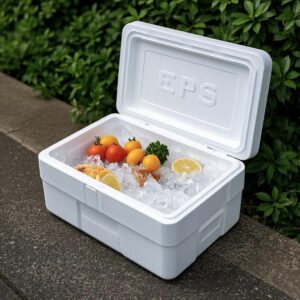
3. Entrega expressa: Para transporte de longa distância ou internacional, Serviços de entrega expressos podem ser necessários. Isso geralmente envolve transporte de ar ou rápido, which can deliver fruits to their destination in the shortest possible time, reducing transit time and thus reducing the risk of decay.
4. Container transportation: Para transporte de longa distância de grandes quantidades de frutas, como de um país para outro, O envio de contêineres pode ser usado. The temperature and humidity in the container can be adjusted according to the specific needs of the fruits.
5. Transporte de veículos especializados: Some fruits such as watermelons and apples may require the use of specialized vehicles for transportation, which can provide protection and appropriate temperature control.
When choosing a transportation method, it is necessary to comprehensively consider the quality requirements of fruits, custos de transporte, and specific requirements of the destination. Para frutas perecíveis ou de alto valor, cold chain transportation is usually the best choice.

Transportation methods for meat products
1. Transporte da cadeia fria:
Transporte refrigerado: Adequado para carne fresca, como carne fresca, carne de porco, ou frango. A carne precisa ser mantida dentro da faixa de temperatura de 0 ° C a 4 ° C durante todo o transporte para evitar o crescimento bacteriano e manter a frescura.
Transporte congelado: Adequado para carnes que requerem armazenamento a longo prazo ou transporte de longa distância, como carne congelada, carne de porco, ou peixe. Geralmente, A carne precisa ser transportada e armazenada a temperaturas de 18 ° C ou inferior para garantir a segurança alimentar e evitar deterioração.
2. Embalagem a vácuo:
A embalagem a vácuo pode prolongar significativamente o prazo de validade dos produtos de carne, Reduza o contato entre oxigênio no ar e carne, e reduzir a chance de crescimento bacteriano. A carne embalada a vácuo é frequentemente combinada com transporte de cadeia fria para garantir ainda mais a segurança alimentar durante o transporte.
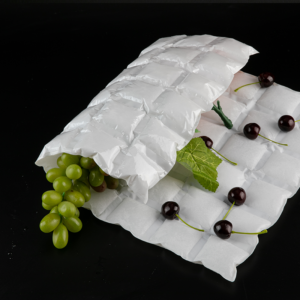
3. Veículos de transporte especiais:
Use caminhões refrigerados ou congelados especialmente projetados para transporte de carne. These vehicles are equipped with temperature control systems to ensure that meat is maintained at an appropriate temperature during transportation.
4. Comply with hygiene standards and regulations:
Durante o transporte, it is necessary to comply with relevant food safety standards and regulations to ensure that meat products are always in good hygiene condition before reaching their destination. Transport vehicles and containers should be regularly cleaned and disinfected.
5. Transporte rápido:
Minimize transportation time as much as possible, especially for fresh meat products. Fast transportation can reduce the time meat is exposed to non ideal temperatures, thereby reducing food safety risks.
Geral, the key to meat transportation is to maintain a low-temperature environment, comply with food safety regulations, and use packaging materials and technology reasonably to ensure the freshness and safety of meat.







